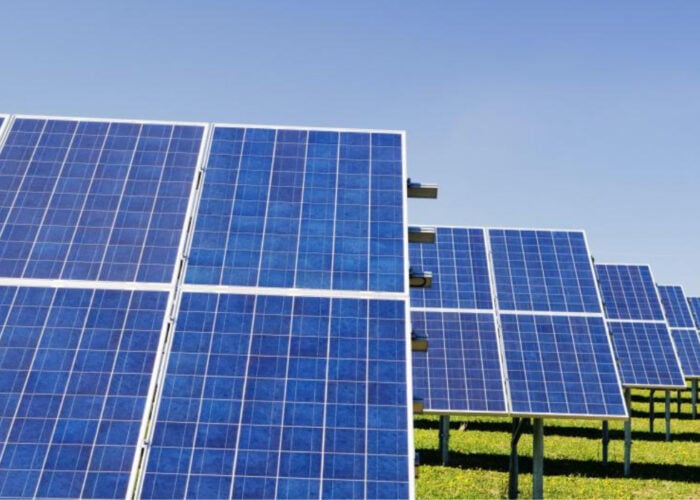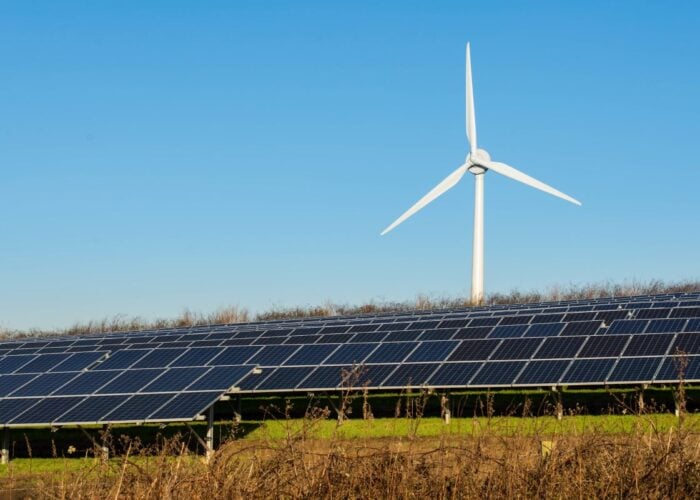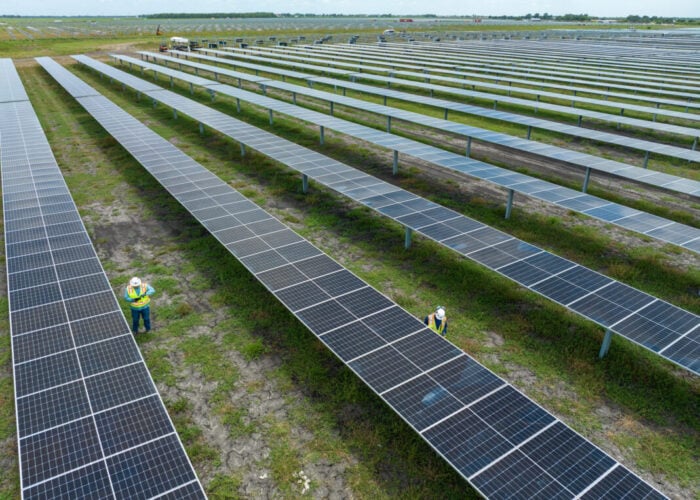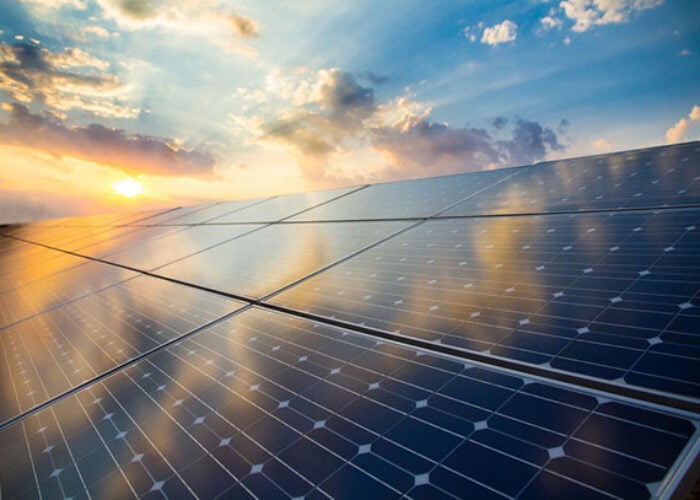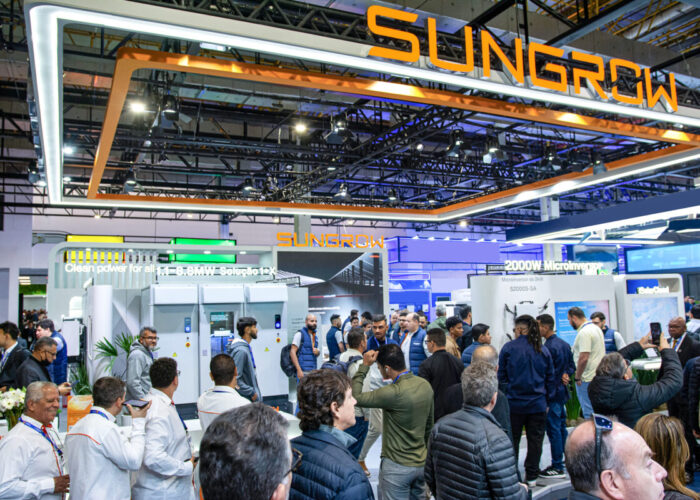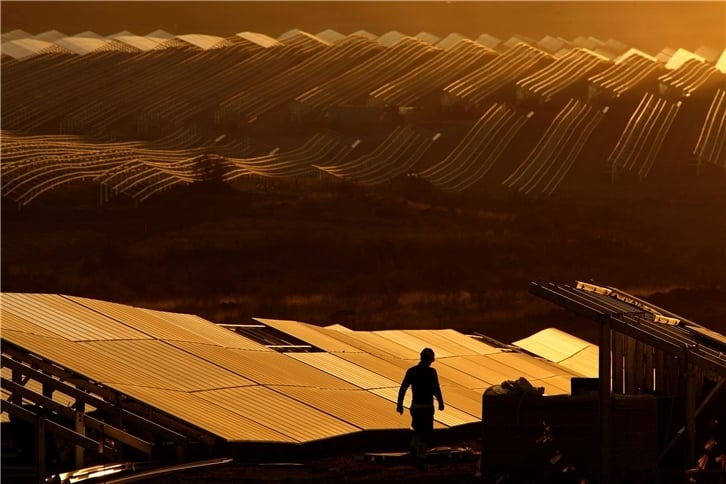
As 2021 draws to a close, PV Tech is reviewing the year in solar, reflecting on some of the biggest stories and hottest trends of the last 12 months. Part one of our year in review can be read here and part two can be read here. In today’s review we look back on the industry’s third quarter, which saw an escalation of trade disputes between China and the US.
Trade relations between China and the US have never exactly been harmonious, however they erupted in Q3 2021 when the Biden administration took action on alleged forced labour practices in Xinjiang by introducing a Withhold Release Order (WRO) on polysilicon imports from a raft of companies based in the region.
Unlock unlimited access for 12 whole months of distinctive global analysis
Photovoltaics International is now included.
- Regular insight and analysis of the industry’s biggest developments
- In-depth interviews with the industry’s leading figures
- Unlimited digital access to the PV Tech Power journal catalogue
- Unlimited digital access to the Photovoltaics International journal catalogue
- Access to more than 1,000 technical papers
- Discounts on Solar Media’s portfolio of events, in-person and virtual
The WRO had the potential to change the face of US module supply effectively overnight, prohibiting imports of solar cells and modules that could be traced back to polysilicon originating from Hoshine Silicon Metal, one of China’s foremost providers of metallurgical silicon. While there are, of course, other providers, the blending of polysilicon in China made traceability doubly hard and would stand to cause importers no end of headaches in the short-term.
For a while at least, the industry continued on, albeit with a sense of trepidation. While the WRO was announced with much fanfare by US Customs and Border Protection, there was no specific list of companies under suspicion of infringing the WRO, and so modules continued to be shipped into the country. It wasn’t until mid-August that the first shipments began to be detained at the US border, targeting JinkoSolar in particular, with further manufacturers to follow later in the year.
The WRO was just one element of trade policy that would loom over the US market in Q3, however. In early August a coalition of US-based solar manufacturers would file a petition with the Department of Commerce calling for an investigation into alleged circumvention of anti-dumping and countervailing duties by Chinese solar manufacturers using Southeast Asian subsidiaries, essentially calling for an extension of AD/CVD tariffs to a list of manufacturers based in countries including Taiwan, Vietnam and Malaysia.
That coalition, dubbed American Solar Manufacturers Against Chinese Circumvention (A-SMACC), remained anonymous, citing fear of retaliatory measures, however other companies in the US, notably developer NextEra Energy, called for them to be unmasked. It would prove to be a prophetic move, as the coalition’s anonymity would come back to bite it later in the year.
Elsewhere on the policy front, President Joe Biden’s legislative agenda was advancing. The bipartisan infrastructure bill passed the Senate in early August – although it wouldn’t be for another few months before it could be signed into law – paving the way for billions of dollars of investments into the US grid. Attention after quickly turned to the budget reconciliation bill, what would become better known as the Build Back Better act, which was to house the majority of policy initiatives Democrats intended to push through without the need of a super majority in the Senate.
Full details included within the draft bill, published in mid-September, revealed just how transformative the measures could be for US solar. A ten-year extension of the investment tax credit would also see the addition of support for standalone energy storage, while the reintroduction of production tax credits would also support utility-scale solar farms with generation incentives.
The bill, therefore, stood to pose as a significant boon for a market that data published in early August showed had already risen by more than 4000% in the previous decade. It was perhaps of no real surprise then to see investments and M&A in the US solar sector begin to spike, with Cypress Creek Renewables acquired by private equity firm EQT in early July.
Outside of the US, the news was comparatively mixed. While a study conducted by energy thinktank Ember found that renewables were now half the price of fossil fuels across Europe, driven by continued innovation and cost reductions, it was quickly becoming clear that supply chain constraints and material pricing was being felt. Murmuring of project delays and pushbacks were quickly becoming common place, leading to many analysts to cut their initial forecasts. BloombergNEF, having originally forecast that just over 200GW of solar PV stood to be installed in 2021, trimmed that projection to 191GW and warned that deployment was set to fall far short of the levels necessary to comply with international climate targets in 2030.
A previous report, published in July, found that attaining net zero status would require as much as 455GW to be installed each year by 2030, with cumulative capacity reaching 20TW by the pivotal 2050 date. BloombergNEF’s update in September however reported that its mid-case scenario pegged global solar installations at 311GW by 2030 – far short of what is required.
With COP26 just around the corner, it was quickly becoming clear that for all of the industry’s positive movement in 2021, more was still needed.

